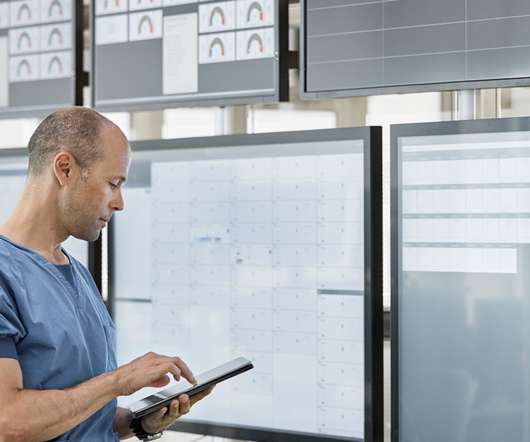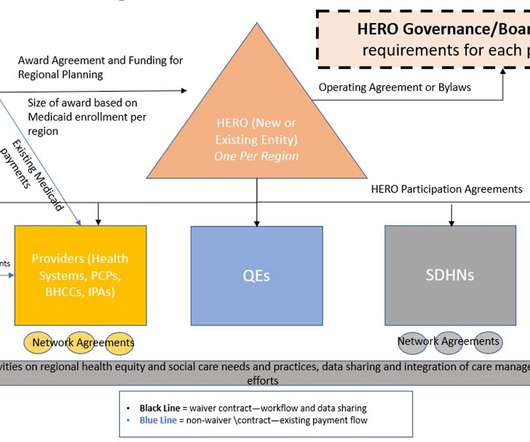Healthy Living Trends Inspired by COVID-19: Retailers, Food, and Consumers’ Growing Self-Care Muscles
Health Populi
JULY 12, 2021
.” This viewpoint looks like ancient history based on its publication date of October 2015, but it’s more timely than ever post-pandemic. ” Consumers-as-patients are seeking and hungry for help and support to get healthy and stay that way.
















Let's personalize your content